November’s Good News…Housing Market Stabilises!
After getting a healthy dose of pessimism thrust at you in my October property market update, I am delighted to report in October that the property market in Scotland appears to be a bit healthier. That is not just my anecdotal experience but also based on fact. Well, on statistics from Lloyds TBS actually. One has to be very careful indeed with using the Halifax, Nationwide etc house prices indexes when making sweeping judgments about the housing market (only part of the market, some are based only on mortgage offers which then may be withdrawn, include remortgages etc etc) but the Press in general doesn’t seem to care much for such caution. So, on the back of headlines in October like, “3.4% slide in Scots house prices is the worst in UK, say analysts” (Scotsman), this month we had the welcome headline of “Scottish Housing Market Stabilises” (Lloyds TSB Press Release, widely reported).
According to Lloyds TSB’s figures, the Scottish housing market’s recovery from the recession has stabilised after the price fall of the previous quarter. Scottish house prices have increased by 4.6 per cent annually and, in the three months ending October 2010, the quarterly price index for the average domestic property in Scotland rose by 3.7 per cent. So all good news?
Well, not quite. The reports stated that the latest house price movement has been generated from a market with a low number of sales. The number of house purchases in the last quarter of the year was 17 per cent down on the last quarter and 10 per cent below the same quarter of last year. It also reported that the number of housing transactions in the Scottish market is around half of pre-recession levels.
Lloyds TSB stated that: “The Scottish housing market has adjusted to this changing economic environment. Sales have halved but have now stabilised while prices, after an initial fall, are now showing an annual increase comparable to retail price inflation.
“There are no signs of a precipitate fall in house prices. Likewise there is little prospect of significant house price gains in the immediate future.”
House Prices Not Rising Quickly, Transaction Levels at 50% of Pre-Recession Levels…Is This Actually Good News or Bad?
If I were a property seller or buyer at the moment, and if what Lloyds TSB is saying turns out to be correct (and only time will tell on that one, but they have a heck of a lot more of a bird’s eye view of the property market that I do), I would actually be quite encouraged.
The old expression ‘safe as houses’ characterises property as a steady, safe investment. Housing in that context is not meant to generate spectacular gains. Of course, that impression was more than challenged in recent years where easily-available mortgage finance with a low, or zero, deposit meant that people could easily look at buying property for short term gain rather than as a longer term investment. Property became a way to make a lot of money, even if you actually put no deposit down whatsoever. Eventually that had to end and we had the crash. Then property became a way to LOSE a lot of money quickly! So much for ‘safe as houses’.
So, against a backdrop of property becoming a way to make a lot of money or lose a lot of money, depending on your timing, a return to property prices tracking retail price inflation (in other words, the cost of other stuff we buy) would be quite welcome if you were thinking of investing in a home today and weren’t interested in making loads of money but were certainly interested in not losing any. After all, when you are investing your life savings of £100,000 into the deposit for a £400,000 property, perhaps you aren’t interested in making tons of money in a couple of years: you plan on being there for several years and the investment is also your, and maybe your family’s, home. Equally, you don’t want it to drop in value by 25% and effectively wipe out your entire life savings either! A return to property prices tracking the retail price index would probably be a return to the days of ‘safe as houses’ and that probably wouldn’t be a bad thing.
Is the fall in the number of properties being sold (about half the number that there were pre-recession) a problem? As long as everyone who wants to move home can move home then I’d say it probably isn’t a huge problem. The problem is if there are more buyers than houses for sale (drives prices up) or more properties for sale than buyers in the marketplace (leads to prices going down and people not being able to move home). It’s a problem for estate agents, of course, because they have half the number of transactions to share-out amongst themselves! However, pre-recession, a lot of property transactions were being driven by unsustainable and in some cases irresponsible lending practices which caused all sorts of problems in the end. So to return to half the level of transactions that there previously were could just indicate that the market has found its natural level, given that we are still in a pretty bad shape economically, now that the property speculators have exited the marketplace.
Conclusion: There’s Cause for Optimism in the Property Market
Of course, we could be about to have a double dip recession. And we could be about to see house prices fall sharply. Or we could be about to see prices go sky high because the property market recently has rarely showed any kind of sensible relation to the general economic conditions. It’s all coulds at the moment and of course nobody can be certain exactly what is going to happen. Of course, that doesn’t stop people saying that they do know exactly what is going to happen!
Concrete statistics showing steady and unspectacular house price movement and levels of activity that are consistent with where they’ve been for the past few months are, to me, more encouraging than Press stories reporting that prices are either going through the ceiling or going through the floor. I think that the property market and most property buyers and property sellers would exchange the yo-yo and uncertainty of the past couple of years, along with the sensationalist reporting of these price variations, for some stability and certainty in the next few years. And I, for one, would second that emotion!
We’ve seen activity to continue to be steady through November even though most people feel that property activity starts to tail-off towards Christmas. Whilst people certainly have other things on their minds around this time of year, from the level of phone calls we are receiving from buyers about properties that we are marketing it’s clear that those people who are determined to find a property before the year is out are still very much out in force. I can only hope, but am optimistic, that this will continue into 2011 and that we will see a more stable, unspectacular and yet hopefully more reliable property market continue to develop.
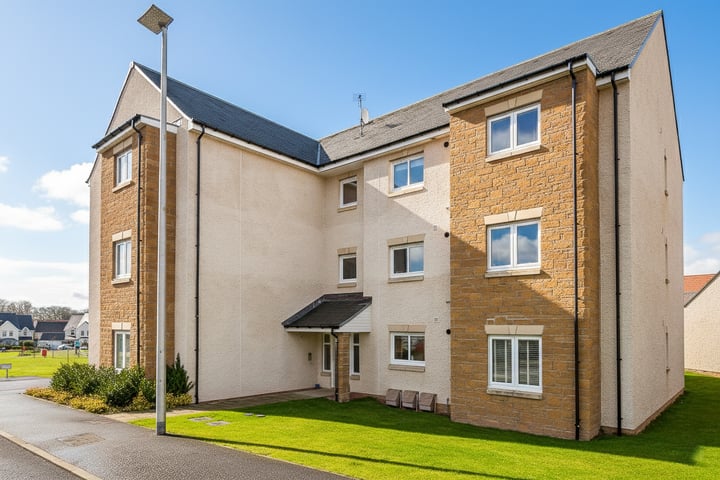
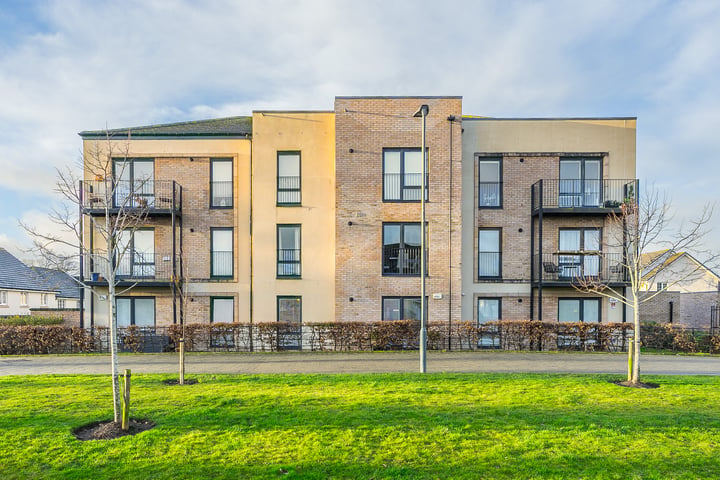
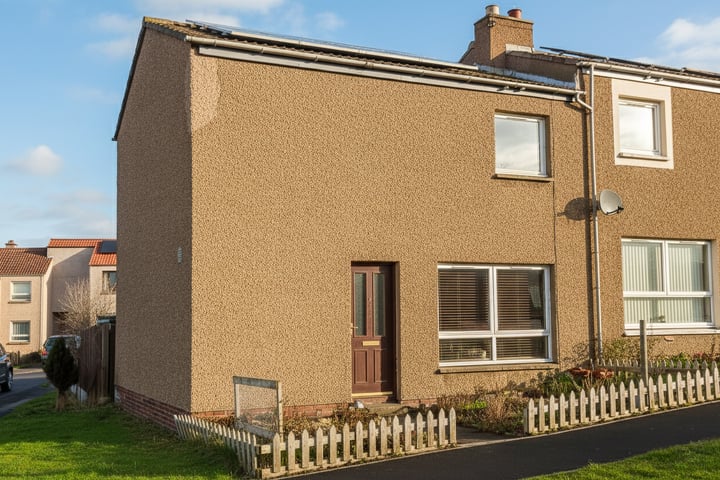
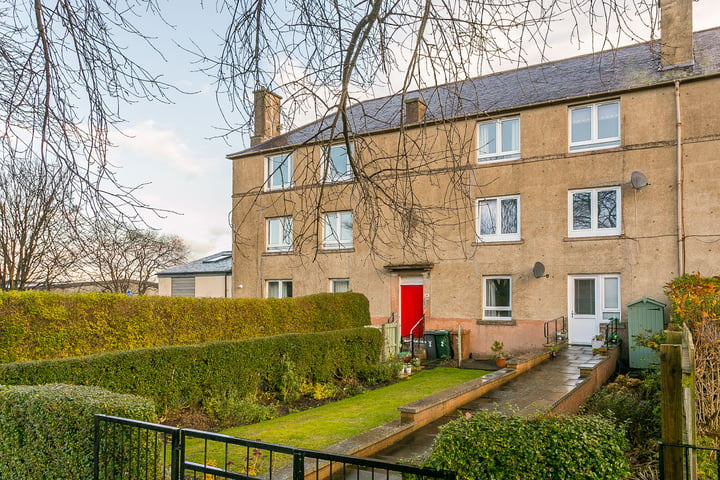

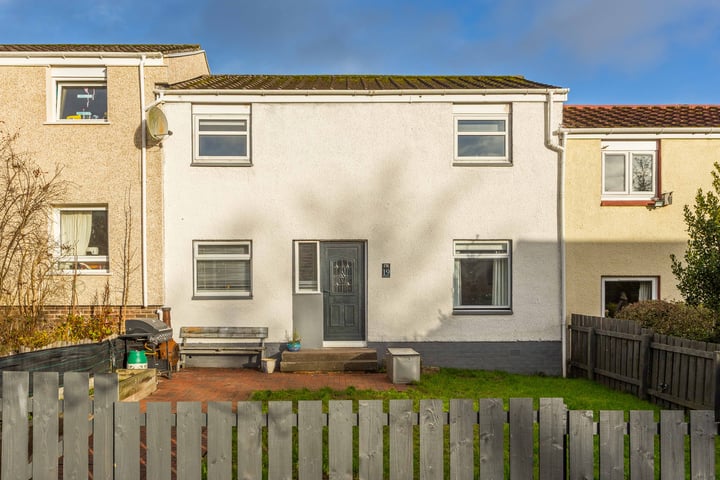
Leave a Reply